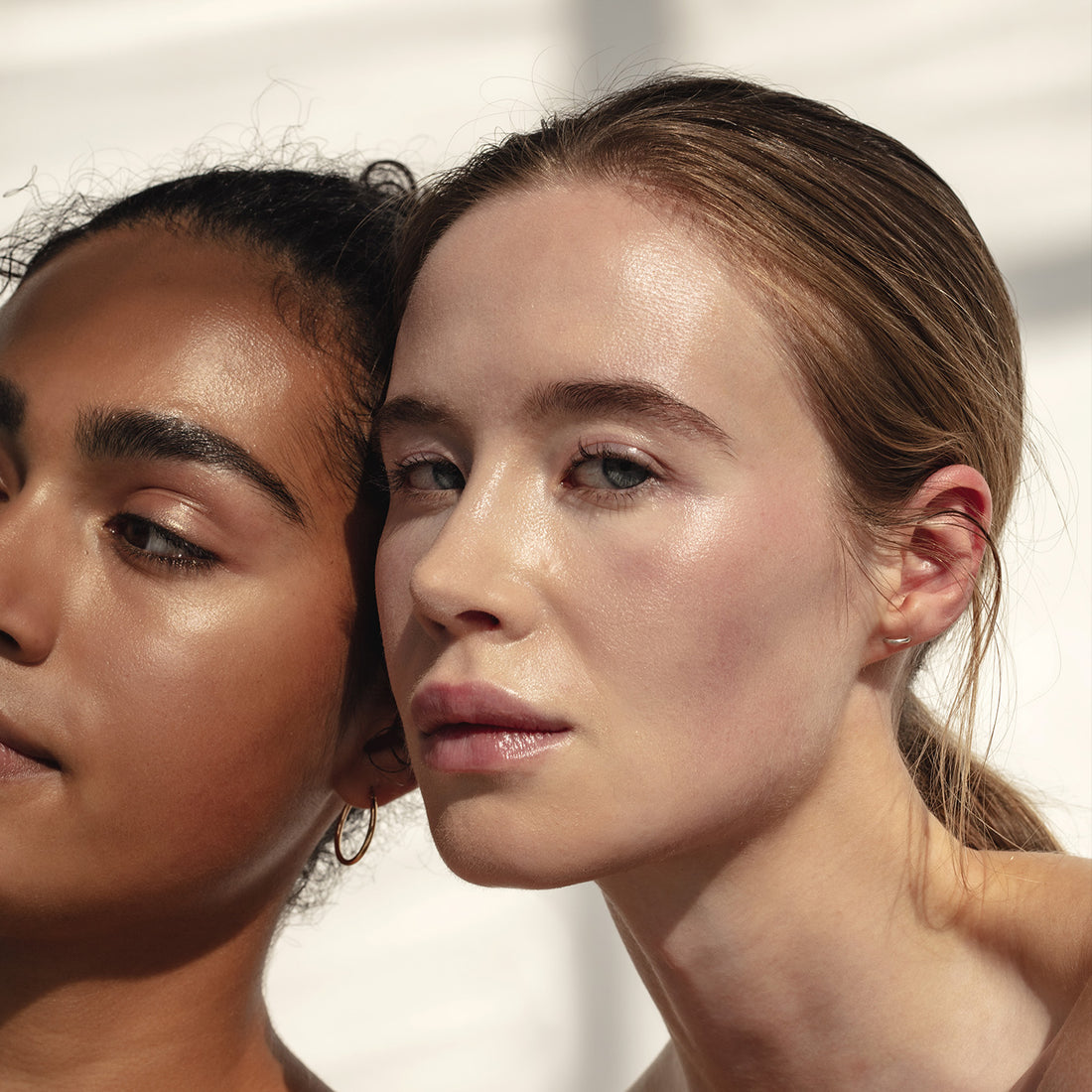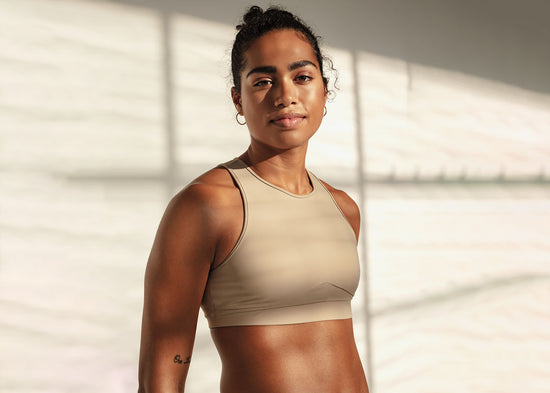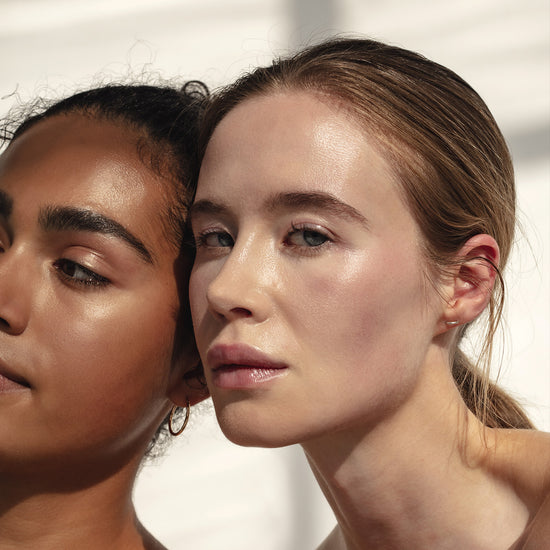In the last ten years, there has been a massive lack of representation of female artists in global art auctions. Of the $196.6 billion spent at art auctions between 2008 and 2019, work produced by women accounted for only $4 billion, or around 2% of the total sales (Forbes, 2022). Furthermore, research shows that artworks signed by men increases in value compared to a painting that is not signed. But when a female artist signs a work of art, it decreases in value. How is this possible in an art culture that is notoriously known for inclusion and progression?
One to Ten
Back in the day, female artists were not well-regarded in western culture leading to an art scene focusing on male artists. Social barriers did not allow women to acquire the same skills as men. That is some of the reasons why male artists have been overrepresented compared to female artists historically. When we look at recent studies, I was surprised to experience that in the last decade female artworks have only accounted for 2% of the art sales on the global auction scene. It can not be right in these modern times where we have a rising focus on gender equality, right?
Unfortunately, it is the sad truth. Today there is a massive gap between what a female artist can expect to sell her artwork for compared to a man. On average, women only earns ten pence for every one pound earned by a man (BBC, 2022). The value of female artworks accounts for just 10% of what a man can expect. It is a shocking pay gap in a culture that sees itself as forward-looking, modern, and inclusive. What makes male artworks worth ten times more?
Is art by women simply just not as good as art made by men?
Commercial galleries and auction houses around the world are pricing their artworks upon supply and demand. It is traditional market values. The institutions are pricing their art based on prior sales history. But why is there such a massive gap between male and female artworks today? We have such a large supply of female artists. Is art made by women simply just not as good as art made by men?
This hypothesis has already been tested by a professor from Oxford university. Her name is Renée B. Adams. She did two experiments to determine the perception of gender, colors, taste, and values. First, she tested if people could see if a painting was made by a man or a woman. In the experiment, she took five paintings from each gender. She then showed the paintings to a group of participants and asked if they could tell what paintings were made by men and which were made by women. Furthermore, she asked the participants for what paintings they liked the most. The findings were quite interesting.
The first experiment concluded that participants were much more likely to guess that the paintings were made by men even though the number of paintings was the same. Another interesting finding was that the participants were very bad at guessing. They could not tell the difference between a male or female painting.
The second experiment was made with the help of AI (artificial intelligence). A computer created a new painting. Professor Adams and her research team then added a female and a male name to the painting. Now they had two identical paintings with different signatures. The research team then asked the participants how much they liked the paintings. What the researchers found out was very interesting. The participants who were used to attending art galleries and museums showed a preference for the painting with a male artist's name. The experiment showed that the more people were interested in art, the less value they put on art made by women.
We need new role models
When traditional art institutions set out to purchase new art they typically look into other international institutions and public collectors who will offer guidance. They are looking at role models based on conventions and history that were framed by patriarchy. To end this circle, we need new role models. The good news is that more modern galleries and institutions are slowly shifting their focus toward female artists. This is a positive tendency but there is still a long way to go. Many art buyers of today are still striving for the artworks they grew up with in museums and galleries.
That is why it is even more important for institutions to take action and invest in female artists to make it mainstream. Looking into the future, the next generation of role models needs to take female artists more seriously. Talent can not get lost due to a question of gender. The new role models should have ambitions on behalf of the artists and provide a platform that shows diversity. Luckily, things are starting to change. More modern art institutions aim for a 50/50 split between female and male artists. More female solo exhibitions are arriving. It creates a path for more to come. Just as important it helps create public recognition, an important aspect of growth.
A new platform
It is not just the classical art institutions that need to take action. I believe the more focus on gender inequality, the better. That is also why we have chosen to create Klint care.
We provide a platform for female artists, and it is our core mission to empower female artists of the world and help bring more equality to the art world. Through our high-quality skincare products, we are creating a new way of empowering female artists. Every time you buy a Klint product, you are supporting the artist. We provide a new canvas for the artist to create and promote their artworks through skincare. We give back a share of the sale to the artists we commission. Our ambition is to empower more female artists to tell their stories through art, and we will make it our job to promote the massage through new mediums to a broader audience. In this way, we can create more equality in an industry that is desperately needing a helping hand.
Sources:
- BBC (2022) Recalculating Art, bbc.co.uk/sounds/play/m0019z2b
- Forbes (2022) The $192 Billion Gender Gap In Art, forbes.com/sites/kimelsesser/2022/08/30/the-192-billion-gender-gap-in-art/
- The Guardian (2019), Only 2% of global art auction spending is on work by women, study finds, theguardian.com/artanddesign/2019/sep/19/female-art-women-underrepresented-museums-auctions-study



